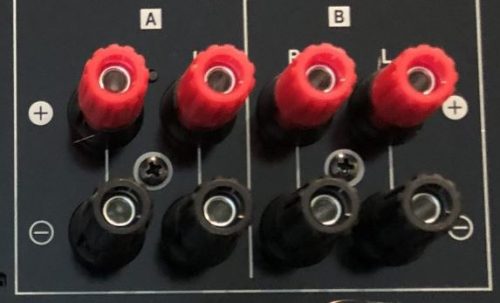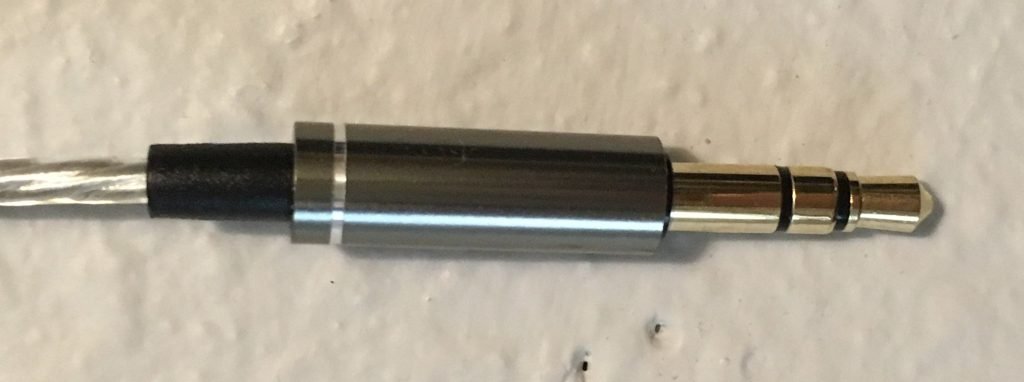Technically speaking all speakers (and even some headphones) need an amplifier – reason being that the audio signal that comes out of the source, e.g. your computer or phone, is not nearly powerful enough to actually move the components in a speaker that create the sound. So an amplifier – you guessed it – amplifies the power using good old physics so that it’s strong enough to make the speaker drivers move back and fourth to create sound waves.
Traditional passive speakers do not have amplifiers built into them, so they need to be connected to a separate and external amplifier, which then connects to the source. Passive speakers use speaker wires and have connection terminals that look something like this:

Basically, you would realize pretty quickly that you can’t just plug them directly into any old device.
Active speakers (also called “powered”) are a more user-friendly and have an amplifier built-in so you don’t need to worry about it. These will usually have a wire with a standard 3.5mm plug that most people are familiar with, like so:

Many smaller/budget desktop speakers can get enough power from the source alone, but often times they’ll need to be plugged into an outlet as well. Most computer and/or close-range speakers are active and don’t need any extra equipment to work – just unbox, plug them in, turn them on, and you’re good to go.
There are now a myriad of great active/powered speakers to choose from that will suffice for many people. That said, a few things worth considering:
- As you get higher end and go for true HiFi quality sound, speakers will pretty much always be passive.
- You’ll generally get the most value out of passive speakers and a separate amp (or receiver).
- You’ll have much more to choose from if you include passive speakers.
Hooking up passive speakers to an amp and then the source is actually almost as easy as just plugging in active speakers, so don’t let the prospect intimidate you. A lot of people would realize how worthwhile a pair of really nice passive speakers can actually be.
